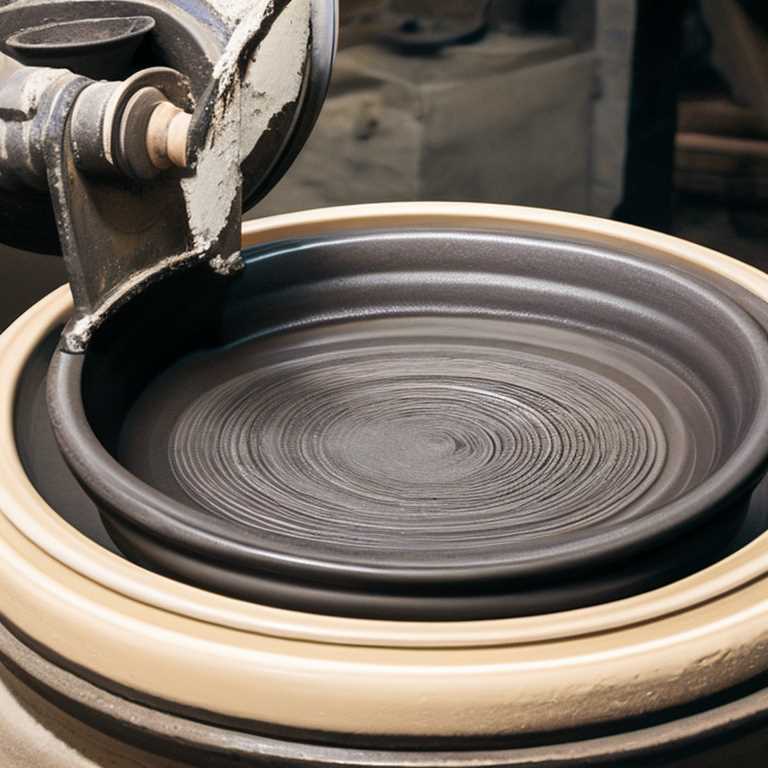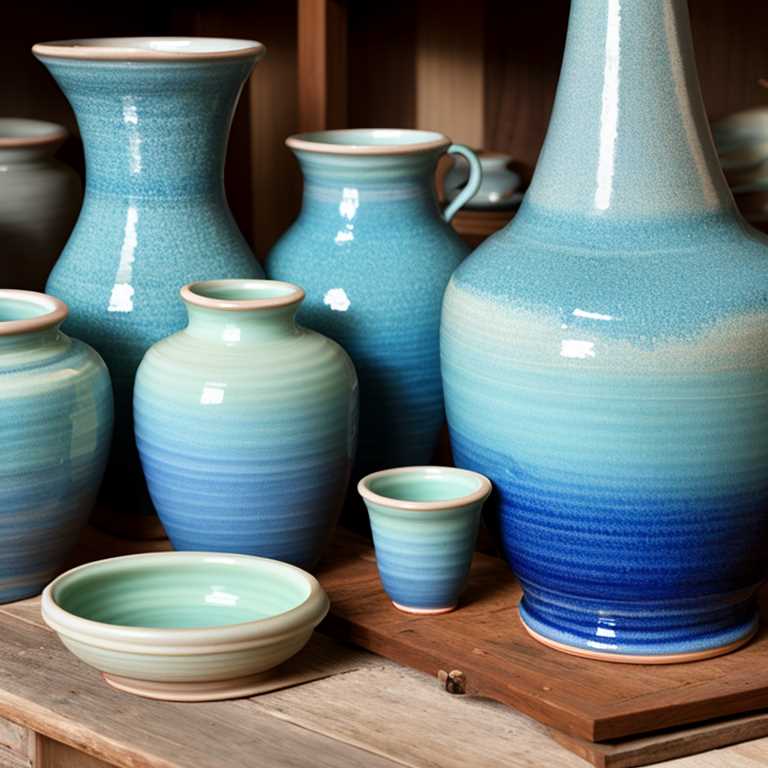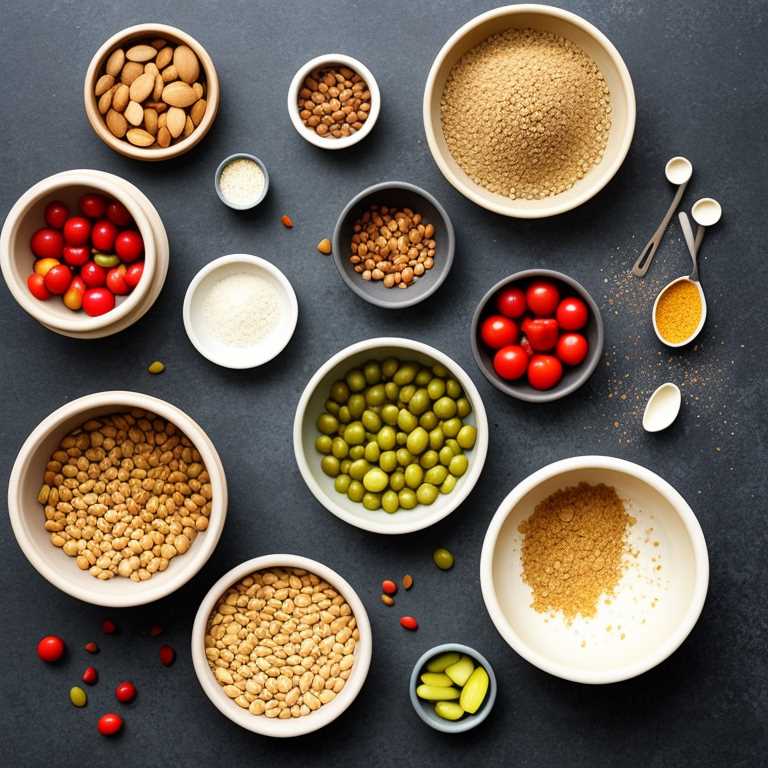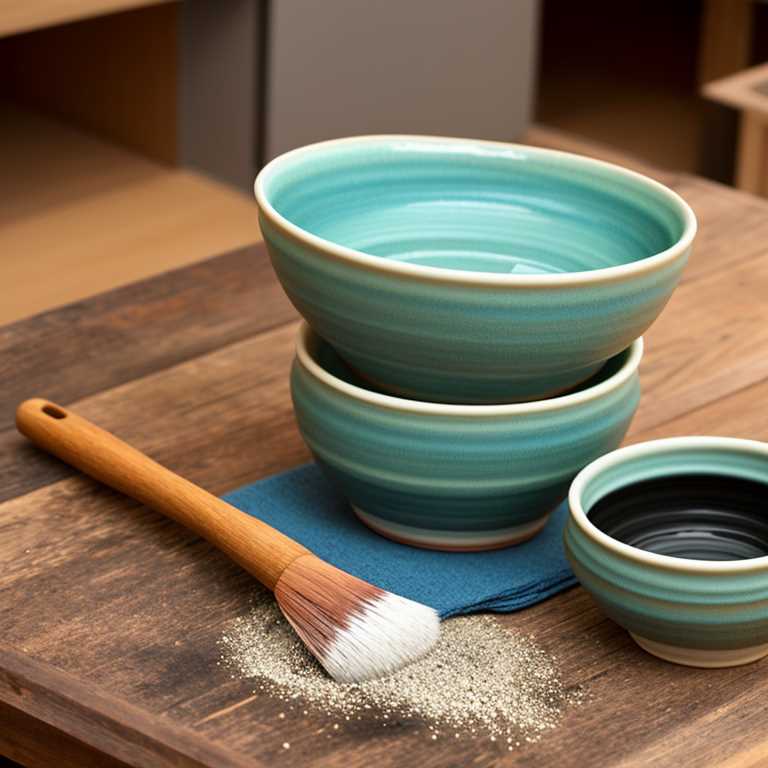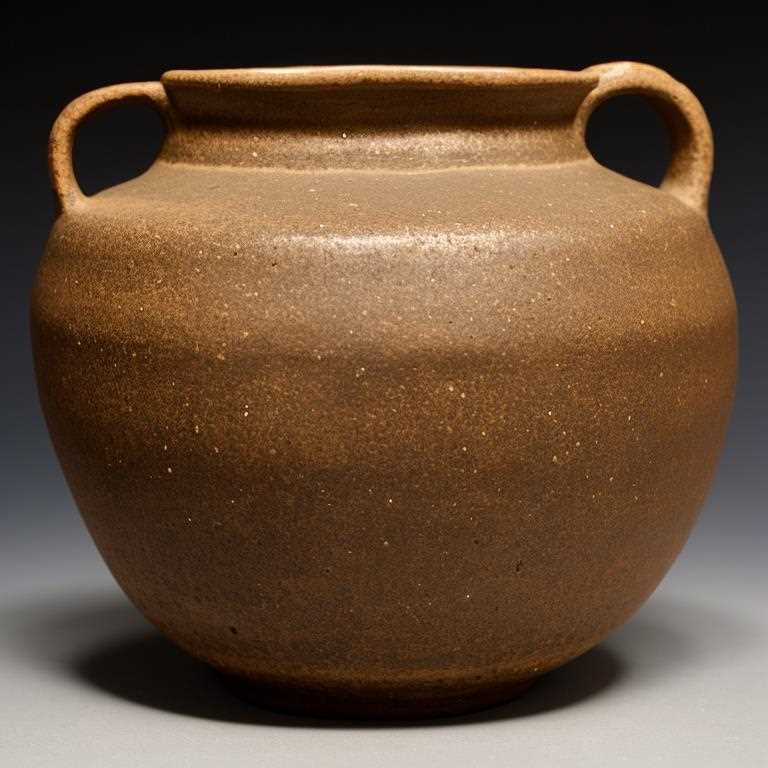Hull Pottery was a renowned American pottery company that was founded in 1905 in Crooksville, Ohio. The company specialized in creating decorative and functional ceramic pieces that were sold across the United States. In the 1920s, Hull Pottery introduced its popular "Little Red Riding Hood" series, which became a huge success and helped establish the company's reputation as a leading producer of high-quality pottery.
Today, Hull Pottery is highly collectible, and many people are curious about how much it is worth. The value of Hull pottery varies depending on several factors, including the rarity of the piece, its condition, and its age. In this article, we will explore the factors that affect the value of Hull Pottery and provide some tips on how to determine the worth of your Hull Pottery collection.
Rarity
One of the most significant factors that determine the value of Hull Pottery is its rarity. The rarer a piece is, the more valuable it is likely to be. Hull produced a wide variety of pieces over the years, including vases, planters, bowls, pitchers, and figurines. Some of the most sought-after Hull Pottery pieces include those from the Little Red Riding Hood series, the Woodland series, and the Magnolia Matte series.
Condition
Another important factor that affects the value of Hull Pottery is its condition. Pieces that are in excellent condition are more valuable than those that are damaged, chipped, or cracked. When evaluating the condition of a piece of Hull Pottery, collectors look for any signs of wear or damage, such as chips, cracks, or repairs. Pieces that have been repaired or restored are generally worth less than those that are in their original, pristine condition.
Age
The age of a piece of Hull Pottery can also affect its value. Generally speaking, older pieces are more valuable than newer ones. Hull Pottery pieces from the 1920s and 1930s are highly sought after by collectors, as they are considered to be some of the company's most desirable and rarest pieces. However, there are also many beautiful and valuable pieces from the 1940s, 1950s, and 1960s.
How to Determine the Value of Your Hull Pottery Collection
If you have a collection of Hull Pottery and are interested in determining its value, there are several steps you can take. First, you should do some research to learn more about the pieces in your collection. Look for identifying marks or labels on each piece, such as the Hull Pottery logo or the name of the series it belongs to. You can also search online for information about Hull Pottery and its history, as well as for pictures of similar pieces that have sold at auction or through antique dealers.
Once you have a better understanding of the pieces in your collection, you can start to evaluate their condition. Look for any signs of wear or damage, and note any repairs or restorations that have been made. If possible, compare your pieces to similar pieces that are in excellent condition to get a better idea of their value.
Next, you should consider the rarity of each piece in your collection. Look for information about the series or line that each piece belongs to and try to determine how rare it is. If you have a piece that is part of a highly sought-after series or line, it may be worth more than other pieces in your collection.
You can consult with experts in Hull Pottery to get a more accurate estimate of the value of your collection. Antique dealers, appraisers, and collectors who specialize in Hull Pottery can provide valuable insights into the current market value of your pieces.
Hull Pottery is a highly collectible and valuable type of American pottery. The value of Hull Pottery is determined by several factors, including the rarity of the piece, its condition, and its age. If you have a collection of Hull Pottery and are interested in determining its value, be sure to do your research, evaluate each piece's condition and rarity, and consult with experts to get the most accurate estimate possible. With this information, you can make informed decisions about buying, selling, or collecting Hull Pottery.
